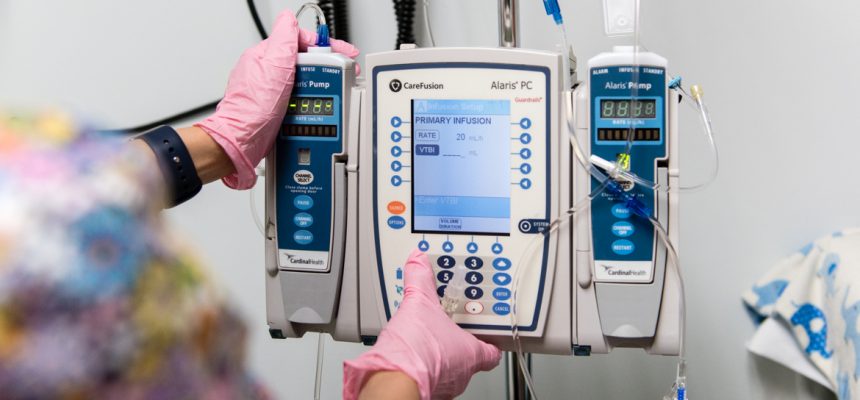Five Innovative Ways To Transform Rural Health Care
By Consumers For Quality Care, on February 10, 2021

While 20% of the U.S. population lives in rural areas, more than 130 rural hospitals have closed in the last decade, forcing residents to go to hospitals far away or to delay care altogether.
The Daily Yonder outlines five innovative ways that the Biden administration can revitalize rural health care.
- Rethink How Rural Health Care Providers Are Paid: Experts argue that an annual fixed budget would allow participating hospitals to focus their care on community needs like cancer screenings and treating addiction, which would reduce the need for more expensive, acute care down the line. The goal of this model, which has been effective for rural hospitals in Pennsylvania, is to “reduce costs while improving care.”
- Expand Mental Health Services: While mental illness rates in rural America are similar to those in urban America, there’s a stark difference in access to mental health care. Integrating mental health with primary care services could help reduce the stigma of mental health and ultimately improve access to care. Billing telehealth services similarly to in-person visits would also ensure rural patients have access to needed care.
- Build Transformational Leadership: Hospital administrators ensure that hospitals have the resources and staff needed for proper health care and emergencies, yet rural hospitals lack a pipeline that recruits and invests in potential administrators. The article suggests two ways to change this: enrolling in innovative master’s programs; or calling on the National Health Services Corps to adjust its eligibility criteria and repay student loans for administrators in struggling rural areas.
- Bring Back Pregnancy Care: Increased childbirth complications in rural areas are often due to the fact that rural patients have limited access to prenatal care and hospitals that deliver babies.
“The new administration could offset costs necessary for Critical Access Hospitals – small, 25-bed hospitals that exist only in rural areas – to deliver babies through special maternity care payments tied to quality outcomes such as increasing breastfeeding rates. These payments would prevent the temptation for small hospitals to grow expensive surgical service lines to cover financial losses commonly associated with offering maternity care.”
- Invest in Health: While previous administrations have invested in transportation and telecommunication infrastructure, the article makes a case for infrastructure investments that also promote healthy lifestyles, such as creating more bike paths.



